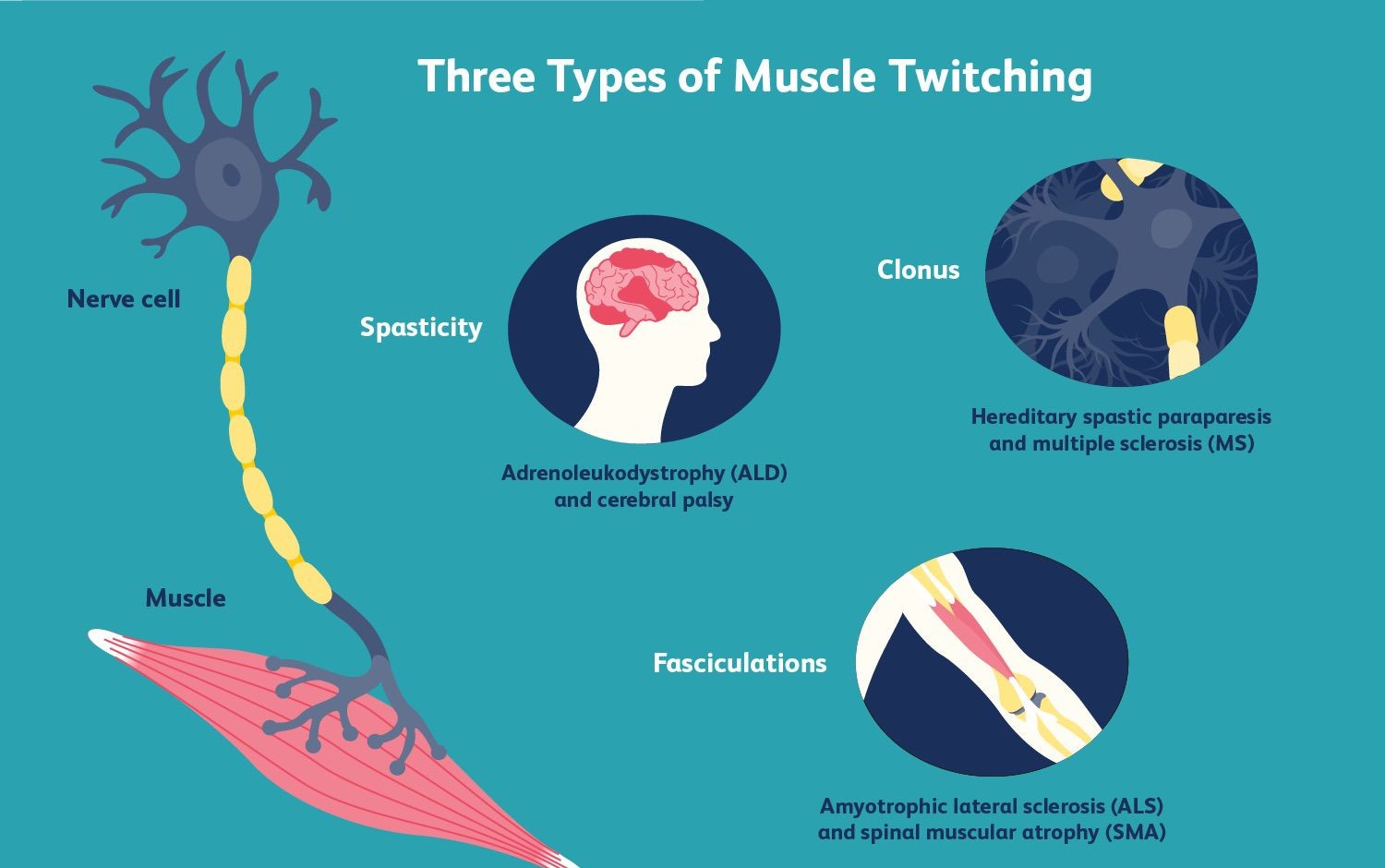A nurse is gathering information on a patient who has pleural effusion.
What symptoms should the nurse anticipate?
Crackles heard over the patient’s lung fields.
Crepitus felt on the patient’s chest.
Substernal retractions observed on the patient’s chest.
Dullness heard when percussing the patient’s lung fields.
Correct Answer : A,D
Choice A rationale:
Crackles are a common symptom of pleural effusion. They are abnormal lung sounds that are heard when a patient with pleural effusion breathes in. The sound is caused by the opening of small airways and alveoli collapsed by fluid, exudate, or lack of aeration during expiration.
Choice B rationale:
Crepitus is not typically associated with pleural effusion. Crepitus is a crackling or grating sound or feeling produced by air in subcutaneous tissue or by the rubbing together of fragments of broken bone. In the context of respiratory health, crepitus might be felt if there is subcutaneous emphysema, where air gets into tissues under the skin covering the chest wall or neck.
Choice C rationale:
Substernal retractions are not a typical symptom of pleural effusion. Retractions are a sign of respiratory distress, but they are more commonly associated with conditions that cause upper airway obstruction or severe lung disease, such as asthma or pneumonia. Choice D rationale:
Dullness upon percussion is a classic sign of pleural effusion. When there is fluid in the pleural space, it prevents the normal resonant sound produced by the air-filled lungs from being heard. Instead, a dull sound is heard when the chest is percussed.
Nursing Test Bank
Naxlex Comprehensive Predictor Exams
Related Questions
Correct Answer is D
Explanation
Choice A rationale:
Dry skin is not typically associated with respiratory alkalosis. Respiratory alkalosis occurs when the levels of carbon dioxide and oxygen in the blood aren’t balanced, often due to hyperventilation. Dry skin is not listed as a common symptom of this condition.
Choice B rationale:
Diarrhea is not a common symptom of respiratory alkalosis. The condition is characterized by symptoms such as dizziness, numbness, confusion, and shortness of breath. Diarrhea is more commonly associated with gastrointestinal issues rather than respiratory conditions.
Choice C rationale:
Abdominal pain is not a typical symptom of respiratory alkalosis. The condition is usually caused by over-breathing
(hyperventilation) that occurs when you breathe very deeply or rapidly. Abdominal pain is not listed as a common symptom of this condition.
Choice D rationale:
Hyperventilation is typically the underlying cause of respiratory alkalosis. Hyperventilation, also known as overbreathing, occurs when someone breathes very deeply or rapidly. This can cause the levels of carbon dioxide in the blood to drop too low, leading to respiratory alkalosis. Therefore, a nurse assessing a client who has respiratory alkalosis should expect to find signs of hyperventilation.
Correct Answer is A
Explanation
Choice A rationale:
Muscle twitching is a symptom of oxygen toxicity. Oxygen toxicity is a condition resulting from the harmful effects of breathing molecular oxygen (O2) at increased partial pressures. Severe cases can result in cell damage and death, with effects most often seen in the central nervous system, lungs, and eyes. Central nervous system symptoms can include muscle twitching.

Choice B rationale:
Redness of the face is not typically associated with oxygen toxicity. Oxygen toxicity primarily affects the central nervous system, lungs, and eyes. It does not typically cause redness of the face.
Choice C rationale:
Swelling around the eyes is not a common symptom of oxygen toxicity. The primary effects of oxygen toxicity are seen in the central nervous system, lungs, and eyes. However, this does not typically manifest as swelling around the eyes.
Choice D rationale:
A metallic taste in the mouth is not a known symptom of oxygen toxicity. Oxygen toxicity is a condition that results from the harmful effects of breathing molecular oxygen (O2) at increased partial pressures. It primarily affects the central nervous system, lungs, and eyes, but a metallic taste in the mouth is not a recognized symptom.
Whether you are a student looking to ace your exams or a practicing nurse seeking to enhance your expertise , our nursing education contents will empower you with the confidence and competence to make a difference in the lives of patients and become a respected leader in the healthcare field.
Visit Naxlex, invest in your future and unlock endless possibilities with our unparalleled nursing education contents today
Report Wrong Answer on the Current Question
Do you disagree with the answer? If yes, what is your expected answer? Explain.
Kindly be descriptive with the issue you are facing.
